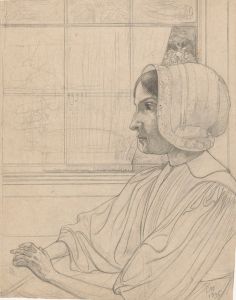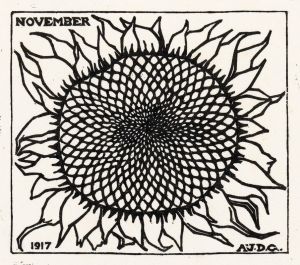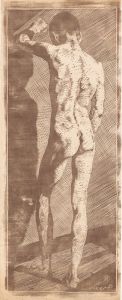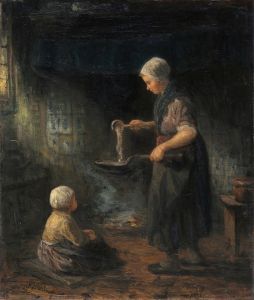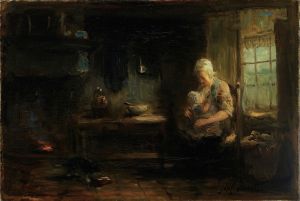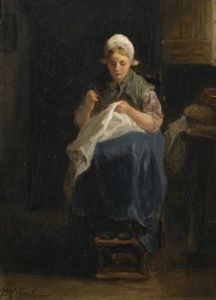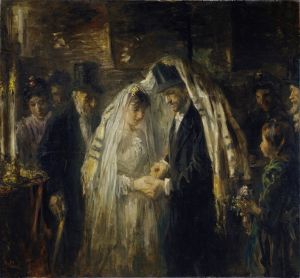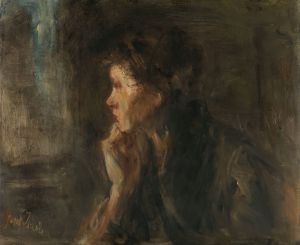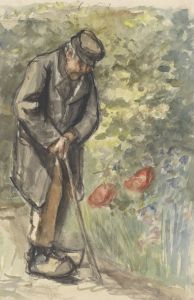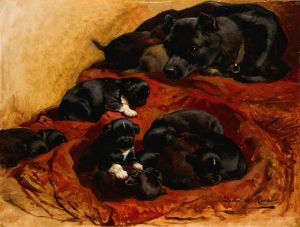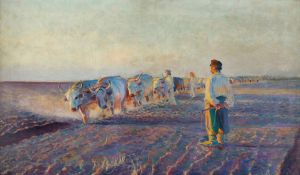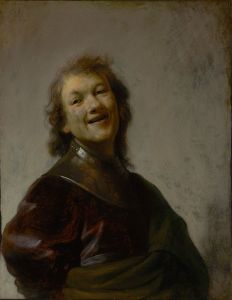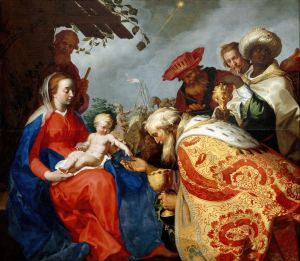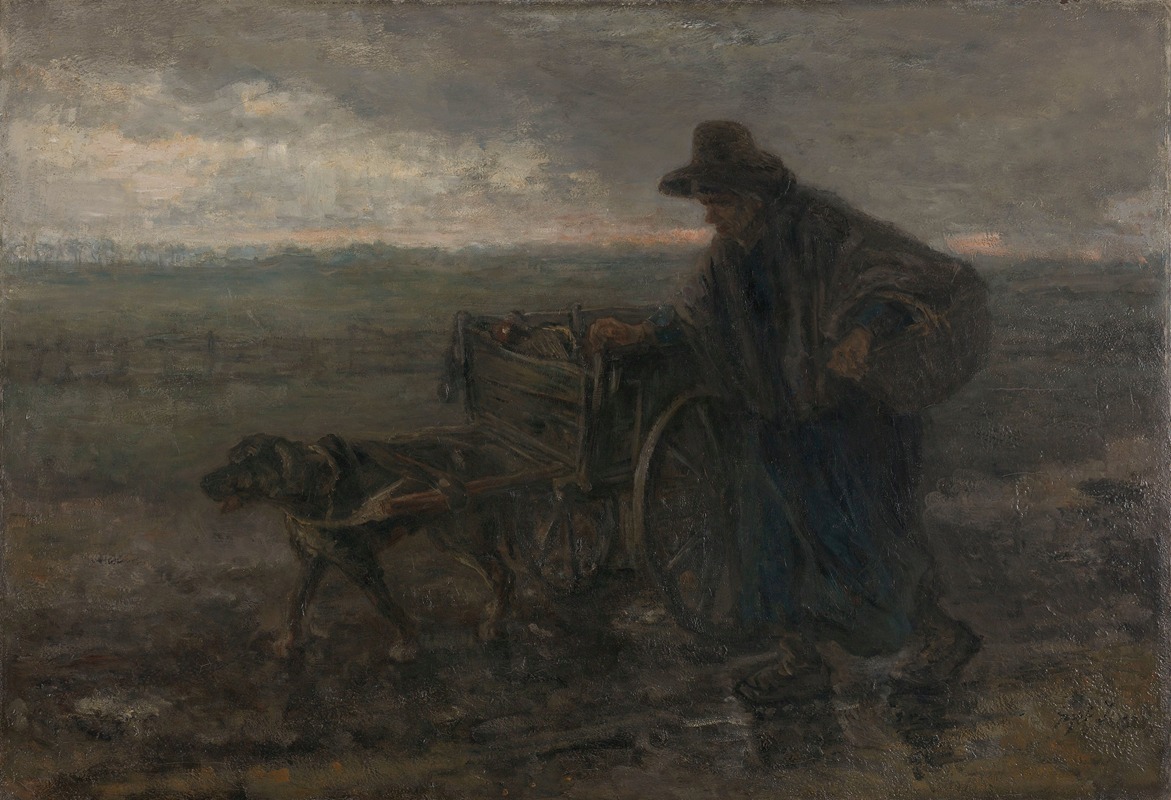
On Country Roads and Fields
A hand-painted replica of Jozef Israëls’s masterpiece On Country Roads and Fields, meticulously crafted by professional artists to capture the true essence of the original. Each piece is created with museum-quality canvas and rare mineral pigments, carefully painted by experienced artists with delicate brushstrokes and rich, layered colors to perfectly recreate the texture of the original artwork. Unlike machine-printed reproductions, this hand-painted version brings the painting to life, infused with the artist’s emotions and skill in every stroke. Whether for personal collection or home decoration, it instantly elevates the artistic atmosphere of any space.
Jozef Israëls was a prominent Dutch painter associated with the Hague School, a group of artists in the Netherlands during the late 19th century who were known for their realistic and often somber depictions of rural life. Israëls was born on January 27, 1824, in Groningen, Netherlands, and he became one of the most influential figures in Dutch art during his lifetime. His works often focused on the lives of peasants and fishermen, capturing the hardships and simplicity of their existence with empathy and depth.
"On Country Roads and Fields" is one of the many paintings by Jozef Israëls that exemplifies his style and thematic focus. While specific details about this particular painting are scarce, it is consistent with Israëls' broader body of work, which frequently depicted rural scenes and the everyday lives of common people. His paintings are characterized by their muted color palettes and a strong sense of atmosphere, often conveying a poignant mood that reflects the struggles and resilience of his subjects.
Israëls was deeply influenced by the French Realists, particularly Jean-François Millet, whose work also centered on rural themes and the dignity of the working class. Like Millet, Israëls sought to portray his subjects with honesty and respect, avoiding romanticization and instead presenting a more truthful representation of their lives. This approach resonated with audiences in the Netherlands and beyond, earning him considerable acclaim during his career.
The Hague School, to which Israëls belonged, was part of a broader European movement towards realism in art. This movement emerged as a reaction against the idealized subjects and dramatic compositions of Romanticism, favoring instead a more naturalistic and unembellished portrayal of the world. Israëls and his contemporaries, such as Anton Mauve and the Maris brothers, were instrumental in establishing this new direction in Dutch art, which would later influence the development of Impressionism.
Throughout his career, Jozef Israëls received numerous accolades and was widely exhibited. His work was celebrated for its technical skill and emotional depth, and he became a leading figure in the art world of his time. Israëls' influence extended beyond his own paintings; he was also a mentor to younger artists and played a significant role in shaping the next generation of Dutch painters.
Jozef Israëls passed away on August 12, 1911, in The Hague, Netherlands. His legacy endures through his contributions to the Hague School and his impact on the trajectory of modern art. While "On Country Roads and Fields" may not be as well-documented as some of his other works, it remains a testament to his enduring interest in the themes of rural life and the human condition.





